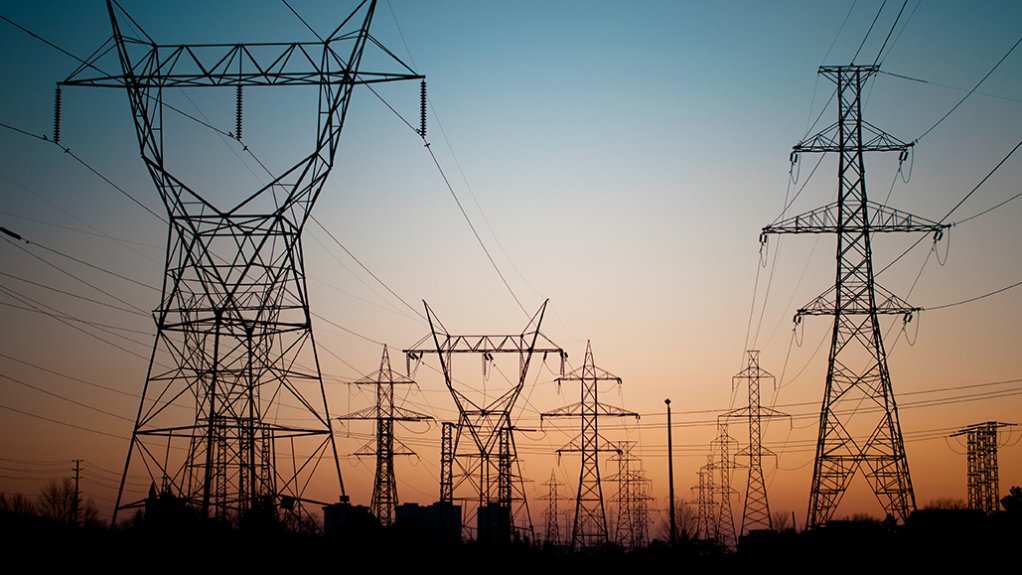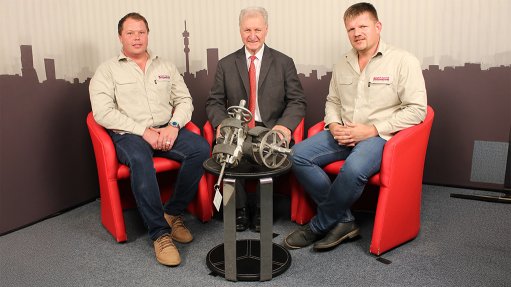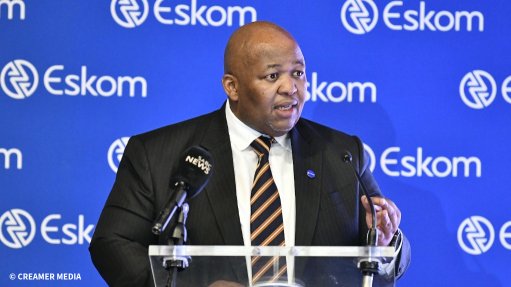Loadshedding could increase in 2024



MONIQUE LE ROUX Substantial investment is necessary to upgrade the transmission grid to accommodate large amounts of renewable power
IN THE DARK The absence of an updated Integrated Resource Plan that considers grid constraints It makes it difficult to conduct national planning
Loadshedding is expected to continue in 2024, possibly at even higher levels than those of 2023, says tertiary institute Stellenbosch University’s Centre for Renewable and Sustainable Energy Studies (CRSES) chief engineer Monique le Roux.
State-owned power utility Eskom struggled to improve its energy availability factor (EAF) throughout 2023, with the EAF reaching only the same levels as those achieved towards the end of 2022.
Given previous power generation plant performance, a continued decline in the EAF is probable, she adds.
The EAF refers to the difference between the maximum availability and all the periods of unavailability, expressed as a percentage. This excludes renewables, independent power producers (IPPs) and international energy imports.
In 2023, Eskom relied heavily on open-cycle gas turbines for electricity generation, which is costly for the utility and the country. There are also concerns about potential higher stages of loadshedding towards the end of Eskom’s financial year, particularly as the approved budget for diesel fuel dwindles.
As a result, customers will have to continue to protect themselves against loadshedding as much as they can, says Le Roux.
She notes significant growth in behind-the-meter, or private generation, through rooftop photovoltaic (PV) systems. While growth slowed in the second half of last year, further growth is expected this year.
This is applicable to smaller businesses, households, municipalities and various industries, which are all investing in renewable-power generation and wheeling agreements to reduce the impact of loadshedding and electricity costs.
CRSES has worked with several municipalities and has found that they find it difficult to present financially feasible solutions to mitigate against loadshedding. This is owing to the high cost of dispatchable power generation, such as diesel and gas generation or battery energy storage, where the R/kWh cost of these generation sources is higher than the cost at which suppliers can sell the electricity.
“This is especially true for municipalities in urban areas, where access to land for PV or wind power development is limited,” says Le Roux.
PV or wind power is a good solution when available, but the cost is unattainable for municipalities when they have to use other forms of generation during times when wind and sun cannot generate power.
Le Roux expects a continued focus on power generation from renewable-energy sources to assist in attaining climate commitments and emissions targets to be the overarching theme of this year.
Additionally, in the short term, the Renewable Energy Independent Power Producer Procurement Programme’s Bid Window 7, along with the preferred bidders in the Battery Energy Storage Independent Power Producer Procurement Programme, which are expected to be announced soon, are expected to impact the power generation and energy sectors.
In the long-term, the Electricity Regulation Amendment Bill, which will ease the process for IPPs to connect and sell their power, is expected to be signed into law in early 2025 and will also impact the power generation and energy sectors.
Integrating New Energy Sources
A significant concern is that government is not prioritising the addition of new generation to the power system, Le Roux says.
South Africa urgently needs to add large amounts of new generation to the power system to avoid higher stages of, and permanently end, loadshedding.
“This has been flagged as a massive issue for many years and it is really concerning that the rollout of new large-scale generation is still moving so slowly,” she adds.
While the private sector is expected to fill this gap to some extent, it will become increasingly difficult to add private generation to the grid as it becomes more constrained, with limited investment from Eskom for new grid capacity.
Grid management will also become difficult with the addition of large amounts of private generation, which can often not be controlled and cannot be dispatched as needed, Le Roux adds.
Further, the current grid will struggle to accommodate the volume of renewable energy needed to replace baseload power generation in line with Eskom’s decommissioning schedule.
Le Roux explains that substantial investment will be necessary to upgrade the transmission grid to accommodate large amounts of power derived from renewable sources.
It is also difficult to conduct national planning, particularly owing to the absence of a promulgated, updated Integrated Resource Plan (IRP) that considers these grid constraints. The last IRP was enacted in 2019, without these necessary considerations. Further, while the draft IRP 2023 has been released, it does not provide any detailed planning on addressing grid constraints, only noting that government should support and enable development in line with Eskom’s Transmission Development Plan 2022 to 2032.
She highlights that provinces, such as the Northern, Western and Eastern Cape, have significant renewable resources. However, these regions’ transmission lines are at risk of reaching their thermal limit, which could occur if all generators simultaneously operate at maximum capacity.
While this rarely happens – especially when solar and wind generators are co-located –engineers are actively exploring solutions that would allow for increased generation in constrained areas.
Potential solutions include the use of curtailment, battery energy storage or accepting an increased risk on the network by running lines beyond N-1 capacity.
These measures could accelerate the integration of more renewables into the grid, bypassing the need for lengthy and costly grid strengthening, Le Roux explains.
While this approach can assist in reducing loadshedding in the short term, the need to invest in new baseload power generation remains crucial in the long term, she concludes.
Article Enquiry
Email Article
Save Article
Feedback
To advertise email advertising@creamermedia.co.za or click here
Comments
Announcements
What's On
Subscribe to improve your user experience...
Option 1 (equivalent of R125 a month):
Receive a weekly copy of Creamer Media's Engineering News & Mining Weekly magazine
(print copy for those in South Africa and e-magazine for those outside of South Africa)
Receive daily email newsletters
Access to full search results
Access archive of magazine back copies
Access to Projects in Progress
Access to ONE Research Report of your choice in PDF format
Option 2 (equivalent of R375 a month):
All benefits from Option 1
PLUS
Access to Creamer Media's Research Channel Africa for ALL Research Reports, in PDF format, on various industrial and mining sectors
including Electricity; Water; Energy Transition; Hydrogen; Roads, Rail and Ports; Coal; Gold; Platinum; Battery Metals; etc.
Already a subscriber?
Forgotten your password?
Receive weekly copy of Creamer Media's Engineering News & Mining Weekly magazine (print copy for those in South Africa and e-magazine for those outside of South Africa)
➕
Recieve daily email newsletters
➕
Access to full search results
➕
Access archive of magazine back copies
➕
Access to Projects in Progress
➕
Access to ONE Research Report of your choice in PDF format
RESEARCH CHANNEL AFRICA
R4500 (equivalent of R375 a month)
SUBSCRIBEAll benefits from Option 1
➕
Access to Creamer Media's Research Channel Africa for ALL Research Reports on various industrial and mining sectors, in PDF format, including on:
Electricity
➕
Water
➕
Energy Transition
➕
Hydrogen
➕
Roads, Rail and Ports
➕
Coal
➕
Gold
➕
Platinum
➕
Battery Metals
➕
etc.
Receive all benefits from Option 1 or Option 2 delivered to numerous people at your company
➕
Multiple User names and Passwords for simultaneous log-ins
➕
Intranet integration access to all in your organisation




















